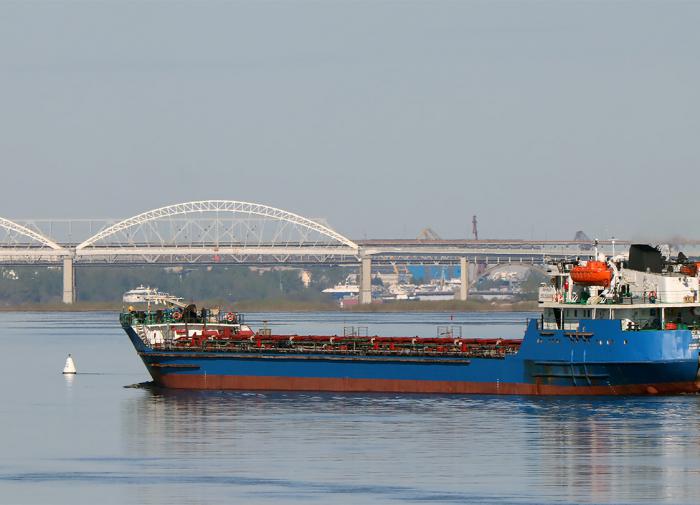The Balticconnector incident confirmed RLI’s February forecast of a high likelihood of significant sabotage threats at European offshore energy facilities in the second half of 2023. The purpose of such attacks, according to our estimates, is to provoke an energy shortage which their masterminds believe will lead to mass protests, political destabilization, and government toppling in European countries, all aimed at having Russia sanctions lifted.
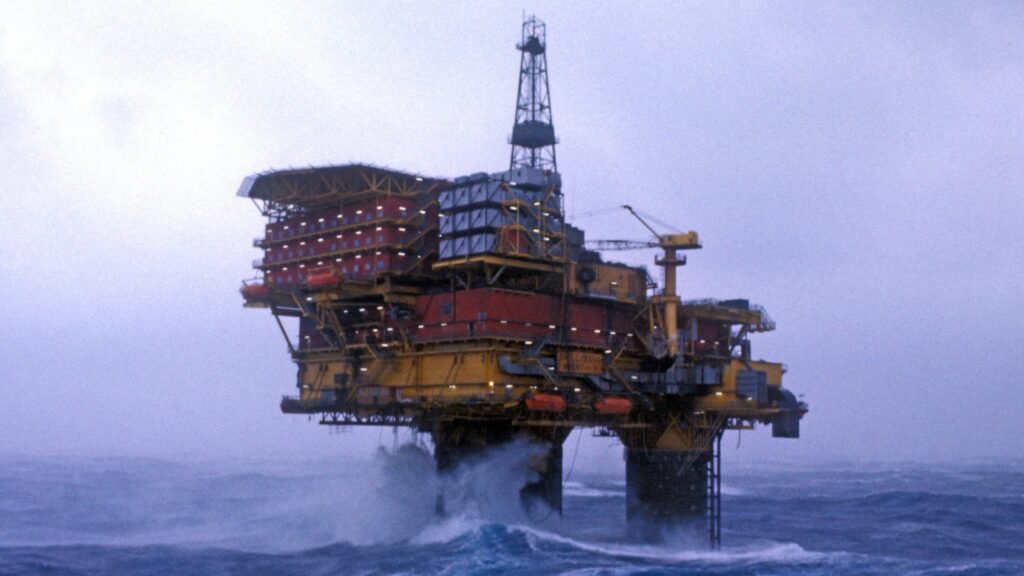
The choice of Balticconnector as a target was due, among other things, to Finland’s recent accession to NATO. In this situation it is very difficult to see other actors that could be responsible, besides Russia, especially given Moscow’s harsh rhetoric towards this country.
The Kremlin is working to create even more risks for the European energy infrastructure and sow doubts in the EU political circles about the actual possibility of ensuring EU’s energy security without Russia.
The leak in the gas pipe was recorded October 7-8 in the exclusive economic zone of Finland. Finnish Prime Minister Petteri Orpo said the leak was a result of an “external” influence.
The 77km-long submarine part of the Balticconnector runs along the bottom of the Gulf of Finland from the Estonian city of Paldiski to the Finnish Inkoo, while the onshore part stretches for 55 kilometers in Estonia and 21 kilometers – in Finland.
Russian media, affiliated with Russian military intelligence, actively promote the version of the pipeline being damaged by the anchor of a ship that was waiting out the storm. According to our estimates, this is misinformation because the Balticconnector pipes are protected by a concrete casing, which prevents damage from ship anchors. The Russian cargo ship, SVG Flot, was in the area of the event from October 5 through October 7, 2023, which is confirmed by AIS data. The owner of the vessel does not deny that the ship was at anchor, waiting for weather conditions to improve. However, NORSAR stations picked up seismic waves indicating a “possible explosion” at 01:20 on October 8, which was equivalent to 100 kg. of TNT. NORSAR does not rule out the possibility that the faint signal could have been caused by explosives being set off.
According to Estonian Navy Commander Juri Saska, the pipeline was encased in concrete, and that casing broke, or peeled off, specifically at that point of impact.
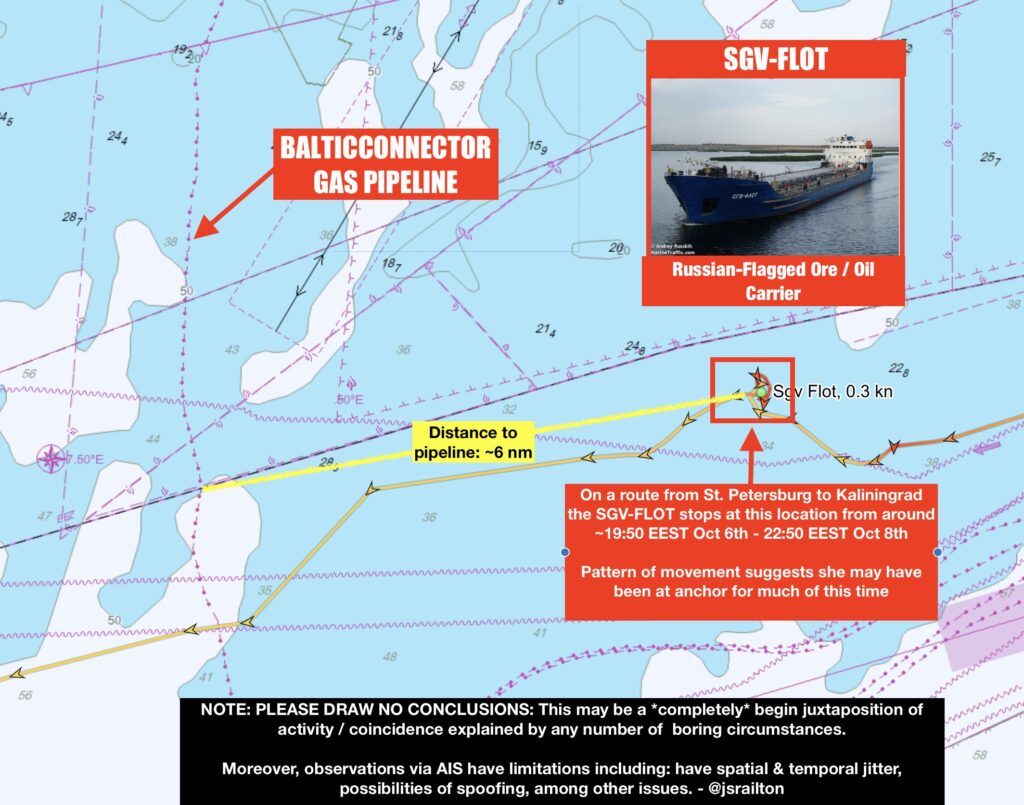
On the day of the Russian military invasion of Ukraine, February 24, 2022, at 11:00, the SGV Flot vessel came under a Ukrainian missile attack in the Sea of Azov. SVG Flot was heading to Mariupol carrying metal from Rostov to Turkiye. The ship was hit by missile. The first to provide information about the damage to SGV Flot were TV channels affiliated with the Russian Ministry of Defense (RT and Tsargrad). Taking these facts into account, it is likely that the ship has been taking part in Russian army operations. Thus, we are inclined to assume that the damage to the Balticconnector was an act of sabotage, similar to the one that targeted the Nord Stream pipes.
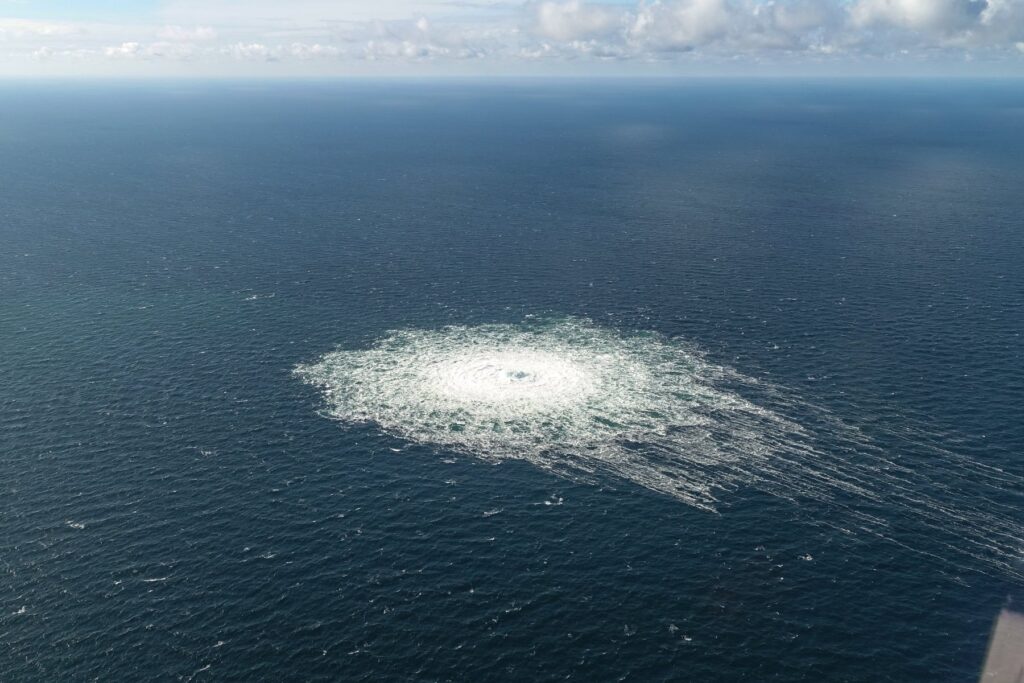
More on this story: Russia attacked EU energy system
We remain concerned about the high likelihood of further sabotage efforts targeting offshore energy facilities in the Baltic, Norwegian and North seas. This requires additional efforts to protect such facilities and introduce AA/AD in their areas to ensure safe and uninterrupted operation.
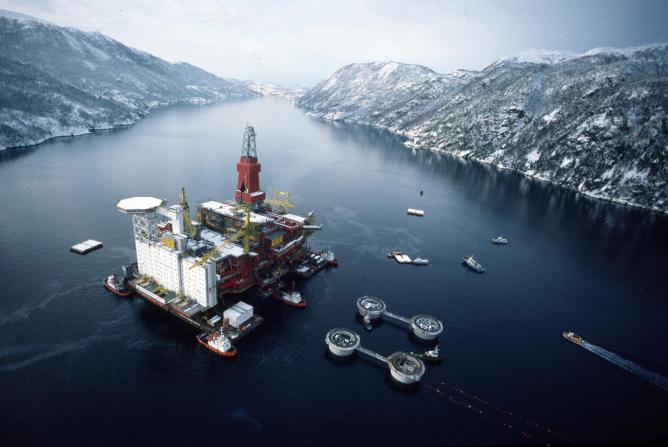
More on this story: Risk of attack on Norway’s energy facilities reached high point


